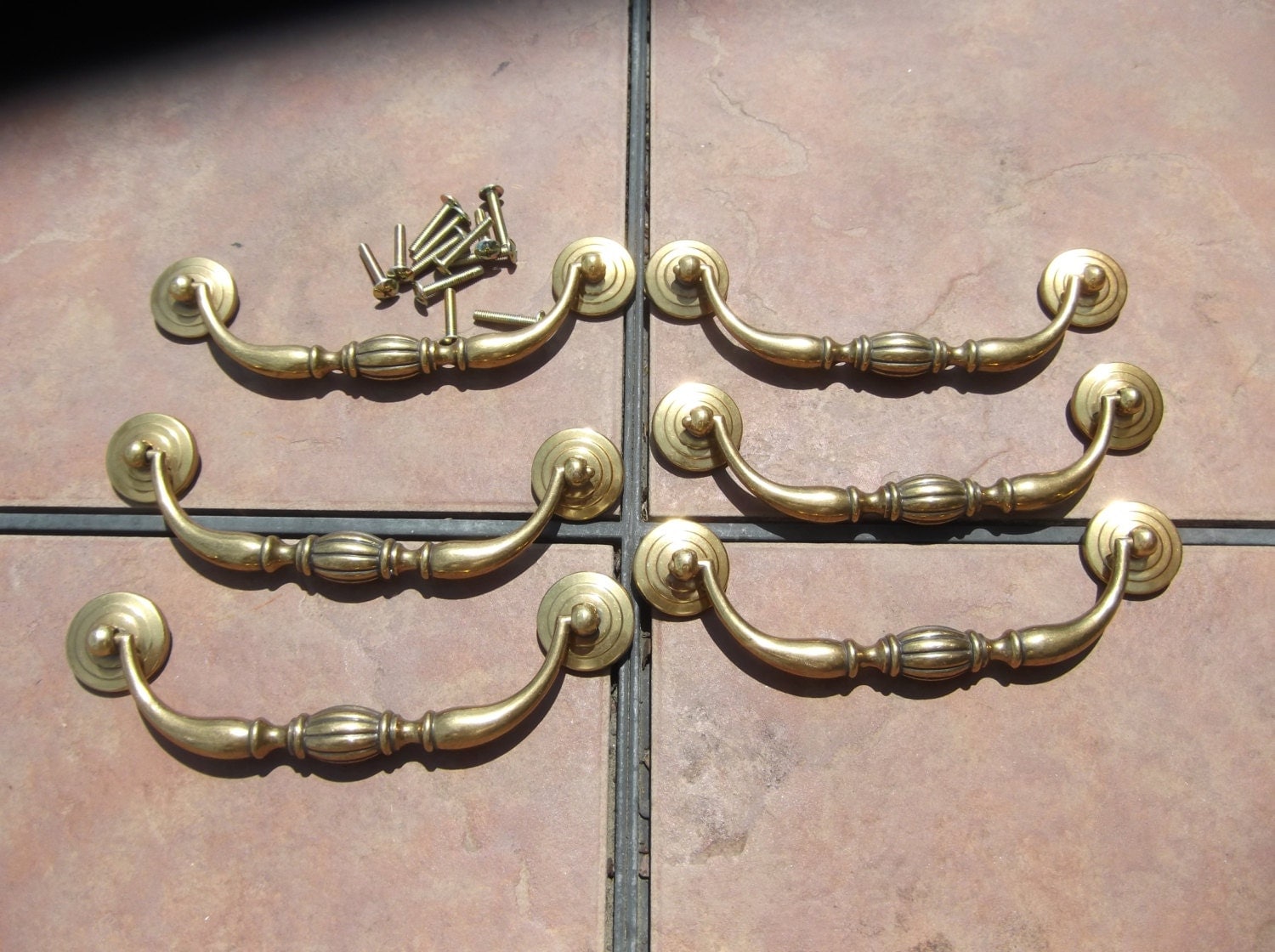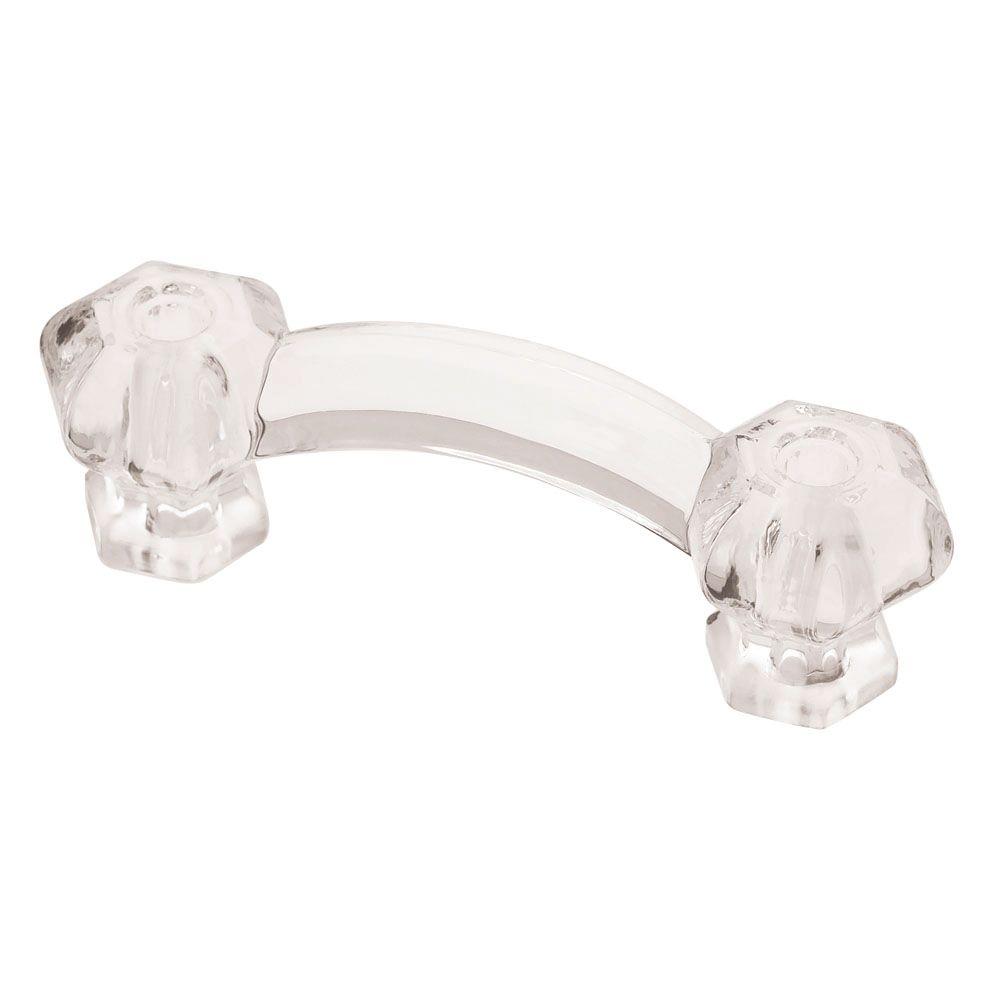

These, too, are held in position by a bolt with a large, ornamental head.įragments from Sandwich: Upper row, left to right: Conventionalized floral designs in opalescent, canary-yellow, and dark-blue glass. The larger cut-glass knobs, suitable for chests of drawers and similar pieces, are usually eight-sided, spool-shaped, and hollow. Such knobs are generally small and are found on delicate pieces, such as work and writing tables, lady’s desks, and the like. Both are drilled for a small bolt, usually having a polished brass head, by which the knob is attached to the drawer front. Originally, balls of glass, then given many small facets by wheels grinding and polishing, some retain their spherical form others are more octagonal. These English-cut knobs appear in two shapes. The earliest knobs, in fact, that I have been able to discover appear on that phase of Sheraton furniture known as Regency, and they are cut glass of the type made during the late 18th and early 19th Centuries at Bristol, and other English glasshouses, as well as those of Waterford, Cork, and Dublin. I have never seen glass drawer knobs in actual use on English Hepplewhite furniture, but several examples of rosette drawer knobs are shown in his Cabinet Maker and Upholsterer’s Guide which could well have been made either of hollow brass or of spherical shaped glass. First in England and later at Sandwich, glass knobs were made in patterns that definitely followed those shown in the plates of furniture design by both Hepplewhite and Sheraton. Lower row, left to right: Small diamond pattern a popular conventional design floral rosette also used for Sandwich tiebacks and a circular design copied from brass knobs of the period.Īlthough the glass bureau knob in its various patterns was most widely used during the Empire and Victorian periods, it appears in earlier forms. Top row, left to right: Medium size with daisy design button to be set in brass cup six-sided flat knob for brass base (both from Sandwich) and very small floral knob.

The others, because tint and fire of glass is identical, probably also came from there. Eight Knobs of Opalescent Glass: Five of the designs shown are known Sandwich patterns.


 0 kommentar(er)
0 kommentar(er)
